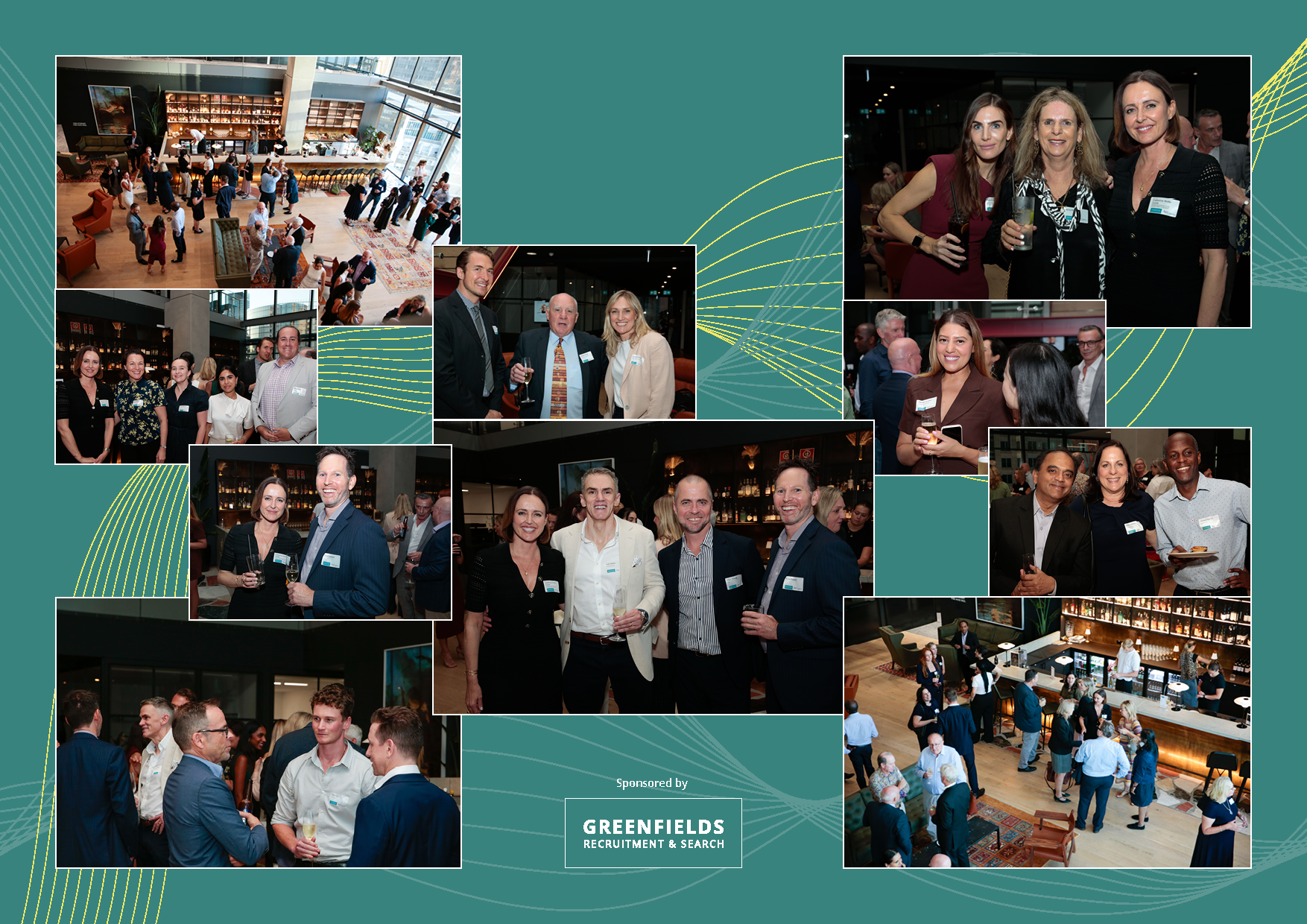
Each morning, you emphatically write at the top of your to-do list, “Work on presentation!” Perhaps you even underline it a time or two for emphasis. But at the end of the day, your resolve has turned to dismay: yet again, you spent most of your time in meetings. And when you had a bit of time between them, you didn’t make any progress on your presentation.
So you keep waiting for the “perfect time” to sit down and knock out the whole project in one go. But meetings keep interfering and your presentation languishes on your to-do list, weighing heavily on your mind until you can’t escape it any longer. In a flurry of activity, you work day and night to get it done. You meet the deadline, but suffer in the process and dread the next time you need to finish another large task.
This cycle of knowing what your most important priority is, but feeling like meetings keep you from doing it, can be incredibly frustrating. But as a time management coach, I’ve seen that even if this way of working has been your life-long pattern, you can develop a more sustainable and less stressful approach to projects. Here are some tips on how to get project work done even when you need to start and stop for meetings.
First off, I want to challenge the idea that there’s a “perfect” time to move ahead on projects. A meeting-free day or even half-day may be your ideal, but you may never have this type of time. Waiting for a slice of project nirvana keeps you from getting started when you can. A better approach is to accept and work within the reality that meetings happen.
Next, to understand how to work on big projects in the smaller spaces between meeting, break the larger item into smaller parts. You can use your checklist as a guide for how to make incremental progress when you have a 30-minute break between meetings. For example, to prep for a presentation, you might write out:
- Search for boss’s email about key points she wants covered
- Look at notes from the last meeting
- Talk to the building project manager
- Think through the structure of the presentation
- Write up the deck
- Insert charts
- Double check citations
- Edit for typos and flow
- Send to boss for approval
- Schedule meeting to review the deck internally prior to the board meeting
- Make edits
- Write meeting agenda
- Distribute deck and meeting agenda prior day
Even if you can just tick off one or two of these items at a time, you are still making progress. And when you come back to work on the presentation after some time away, you’ll know what you’ve accomplished and what’s next.
Another strategy is to protect some unbroken stretches of time in your schedule by putting in project time as a recurring event. For example, some of my coaching clients will block out an hour or two each morning for focused work. Some others have two, two-hour blocks of time in the afternoons each week marked as “busy.” Inserting in project time to give you at least an hour to get things done each day, preferably more, allows you to build some momentum day-by-day and week-by-week. It’s likely people will try to schedule meetings during those times, but when you can, hold firm to those boundaries.
Guarding time for projects as a recurring event starts to open up some room between meetings. But to really get project work done, you need to have pre-decided what you will do during those open times. If you don’t, the path of least resistance will lead to doing the first thing that comes to mind — like answering email.
You can approach making decisions about how to fill the project time in a few different ways. One strategy is to schedule in the projects as you receive them. For example, when a meeting is scheduled to present the latest data on your new building project to the board, you could immediately edit some of the project blocks of time in your calendar to designate the prep you will need to do. You may have two or three project work blocks marked for working on the PowerPoint presentation and then another project work block designated for practicing in front of your colleagues prior to the meeting. I use this scheduling strategy often — putting in time for writing articles, creating schedules for clients, etc., in my calendar as soon as I’m aware of the project and the deadline.
Another way to tackle project calendar blocks is to assess your priorities on a weekly basis. You can do this on your own, though in some work environments it makes more sense to do this planning as a team. Once your priorities are decided, put them into the open blocks of time in your schedule. This will give you a realistic picture about what will actually fit, and will give you advanced clarity on what you need to accomplish to avoid yet another week of little-to-no progress. Then, when you do sit down to do project work, refer to your checklist of smaller tasks. Accomplish those first, and then use the last five or 10 minutes before your next meeting to check email.
Also, be sure to save what you’ve completed and leave yourself a note of exactly where you stopped and what’s next. You can write any updates on your task list such as “left voicemail for building project manager, follow up if haven’t heard back by Friday.” And, of course, check off or delete items when you successfully complete them.
Although you may long for the perfection of a meeting-free day, you can still get project work done when you’re interrupted by meetings. Use these strategies to start making progress on your projects now.
By Elizabeth Grace Saunders, Harvard Business Review




0 Comments